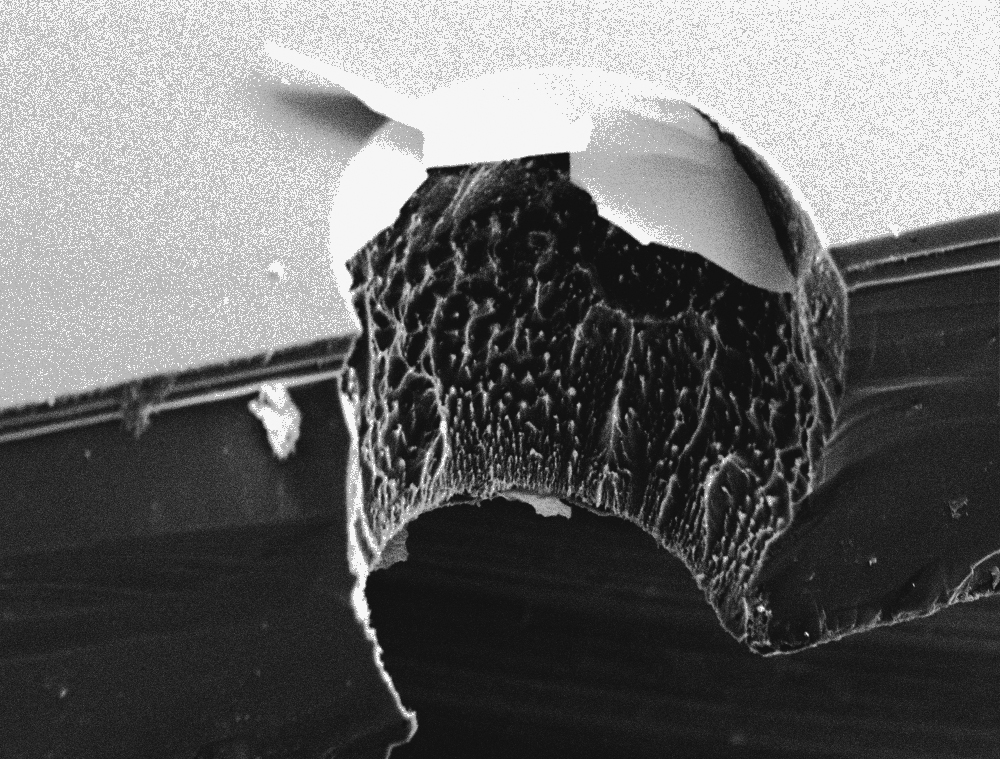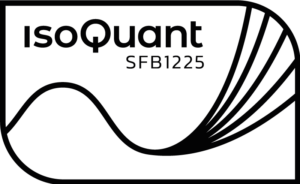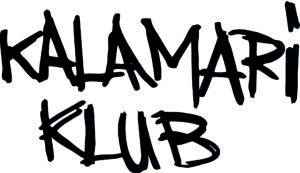SciArt Residency 2021
Call for Applications
Application deadline: February 28, 2021
Application form (English)
SciArt Residency is a residency programme jointly established by Kalamari Klub and IsoQuant, encouraging proposals by artists and enthusiasts who are aiming to develop a body of work based on creation, collaboration and experimentation within an artistic research process. The residency is scheduled for September to October 2021 and located in Heidelberg, Germany.

Profile of a plasma etched silicon wafer.
Kalamari Klub is an international artists’ collective for the celebration of analogue photography. We believe in film, the fine art of darkroom printing and experimental processes. Since 2016, we have been promoting and supporting local and international artists through festivals, exhibitions, workshops and a residency programme. For this residency period, we are delighted to announce our newest collaboration with IsoQuant.
IsoQuant is a Collaborative Research Centre (CRC) at the University of Heidelberg focusing on Isolated Quantum Systems and Universality in Extreme Conditions. Collaborative Research Centres are long-term research institutions in which researchers are tackling innovative, challenging and complex research questions within a cross-disciplinary research program. The scientific aim of the CRC IsoQuant is to explore and gain better understanding of the question why many physical quantum systems exhibit characteristic common properties despite fundamental differences in key parameters such as temperature, density, or field strength. The cross-disciplinary approach to this research question within the IsoQuant collaboration brings together theoretical and experimental physicists from different fields and allows for a broad bandwidth of experimental and theoretical methods to solve overarching issues in physics. In its current funding period, IsoQuant comitted to build up a manyfold scientific outreach program, including a SciArt-Collaboration with workshops, artist talks, organization of photo walks and this artist residency.
How does it work?
With the SciArt Residency programme, we aim to initiate curiosity-driven engagement between artists, scientists and other members of the society, promoting a spirit of co-learning and equality while helping to communicate knowledge through cross-disciplinary collaboration. A central part of the residency will be the active cooperation and exchange with scientists of the field. Before the beginning of the residency, the selected artist is invited to give a short presentation about their previous projects and research interests in order to initiate a conversation between scientists working within the CRC and the artist. During the residency, contact persons within IsoQuant and Kalamari Klub will be available to support collaboration, and the artist will be given the opportunity to further develop their research project and focus on their work. It is important to note the programme’s approach as „open prospect“: the form, process and outcome of the residency is entirely up to the artist and their collaborators. Additional funding for an exhibition, talk, workshop or other forms of presentation of the work done during the residency is available.
Key features included in the SciArt Residency:
- Access to fully equipped darkroom laboratory (black-and-white & colour photography)
- Network of scientists, physicists and artists
- Accomodation (appartment) in Heidelberg for the duration of the residency
- Coverage of travel costs to and from the residency
- Coverage of material costs during the residency
- Artist stipend of 700€ / month
Who can apply as Artist in Residence?
The application is open to all artists and photographers working with analogue and experimental photography, as well as all those who are working within science-influenced art and photography. While affinity for scientific topics is of advantage, no science knowledge is required. The minimum age at date of application is 18 years.
How do I apply?
All applicants are asked to send their application in digital format. The application can be submitted in English or German. In order to apply, please provide the following documents:
- Application form (Download here)
- Curriculum vitae (CV)
- Letter of Motivation: tell us why you are applying and what you would like to work on during the residency (max. 1000 words).
- Portfolio: an overview of your projects, publications, research interests, your website and any other type of media that shows your work. Please include relevant dates and titles.
Please e-mail all your application documents in one zipped folder, labelled „sciart_residency_lastname_firstname“ to apply@kalamariklub.org. If your .zip file exceeds 15MB, please provide a download link instead (Dropbox, WeTransfer, etc.). If you wish to submit additional physical material (prints, publications, work samples, etc.), please contact us in advance via ask@kalamariklub.org for further information.
The deadline for all applications is Sunday, February 28, 2021 at 23:59 CET. The successful artist will be selected on the basis of their submitted material, artistic merit and research proposal by a jury composed of experts from the Arts and Sciences alike. Applicants will be notified of their status by March 31, 2021.
Frequently Asked Questions:
1. Do I have to be a professional artist to apply?
Not necessarily. Applications will be judged based on the submitted material – if your proposal idea is interesting and you can convincingly outline how you want to make use of the offered possibilities, this can outweigh not being an academically trained or professional artist.
2. Can we apply as a duo or group?
Yes, you can apply for our residency as an artist duo. Please quickly check back with us before applying, so we can give you more detailed information based on your specific case.
3. Will there be access to data & experiments during the residency?
During the residency you will have access to researchers, code, data, labs (as far as safety regulytions allow), machinery – everything will be transparent and people will be available for explanations and help.
4. How large is the ISOQUANT collaboration?
The ISOQUANT collaboration involves theoretical and experimental physicists from different working groups at Heidelberg University, Max-Planck-Institute for Nuclear Physics Heidelberg, WWU Münster and the atomchip group at Technical University Vienna. The approx. 200 members of the collaboration encompass bachelor, master & PhD students, postdoctoral researchers and professors from junior to senior to level.
5. Will several artists there be invited for this residency?
No, we invite only one artist or artist duo within the framework of this residency.
Anything else? Get in touch!
Do you have any questions? Members of Kalamari Klub and IsoQuant will be available to answer questions concerning the residency and the application process in an online video conference on two occasions: Friday, January 22, 2021 and Friday, February 19, 2021, 16:00 CET. If you are interested and want to register or have any other questions, please contact us via ask@kalamariklub.org. If possible, please state your questions in the e-mail as well.
Please note that we will take every precaution necessary, including health and safety measures for the protection of the people involved in this residency process. Should the residency be impacted by regulations due to the COVID-19-pandemic, we will do our best to reschedule.



